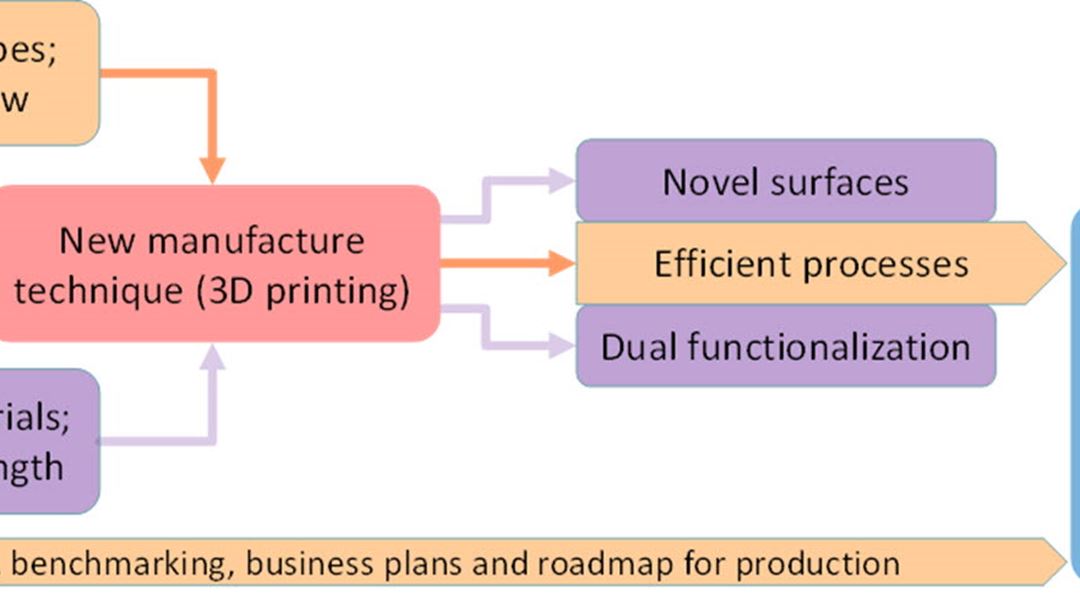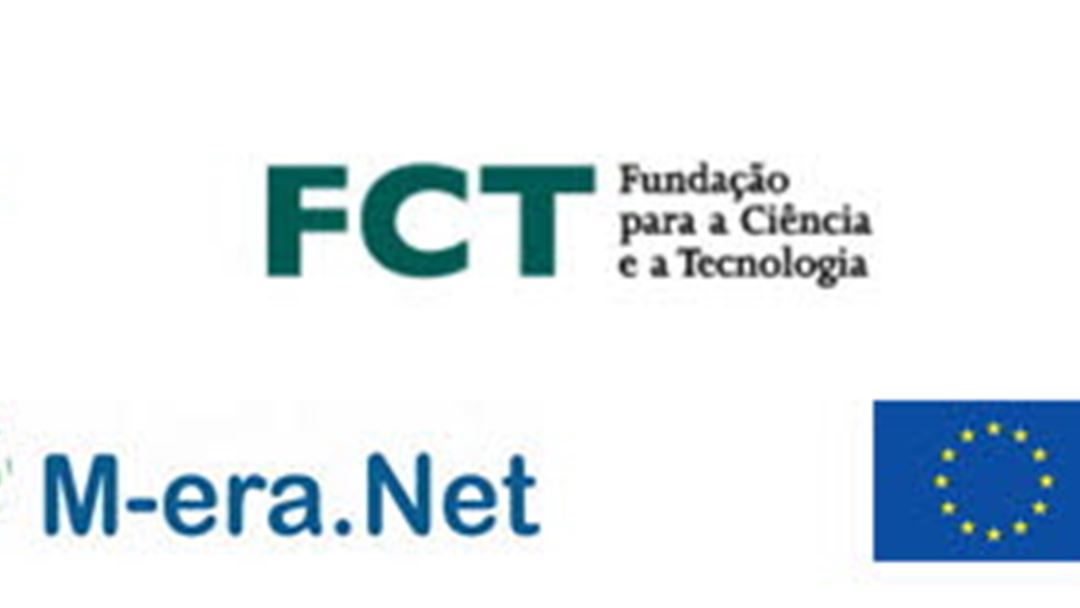New structured substrates for downstream processing of complex biopharmaceuticals
Virus-like particles (VLPs) and viral vectors (VVs) are revolutionizing medicine by offering targeted vaccines. Production of VLPs and VVs is costly and time consuming because purification by chromatography, the state-of-the-art technique, has drawbacks that limit its performance.
The main goal of this project is to produce new structured adsorbents as selective chromatographic media to separate complex biopharmaceuticals. New customized surfaces will be attached to innovative shapes produced by ceramic-based additive manufacturing (AM).
The concept of NESSIE is presented in the figure below, showing a radically different way of manufacturing substrates for purification of VLPs and VVs. The implementation of the concept requires an interaction of material scientists and engineers to reach improved materials and processes to maximize the productivity of this novel approach.
Concept
In parallel to material development, the fabrication of the new chromatographic module and surrounding ancillary equipment will be done by optimizing the final shape via advanced 3D computational fluid dynamics (CFD) modelling.

Project budget: 1079536 €
Project duration: 36 months
"The project is supported by M-era.Net and National funding agencies.
Funding
The project is supported by:
RCN: https://www.forskningsradet.no, FCT: https://www.fct.pt/, FFG: https://www.ffg.at/
M-ERA.NET 2 has received funding from the European Union's Horizon 2020 research and innovation programme under grant agreement No 685451

